10 Best Smartphone Processor (SoC) in 2025
In today’s mobile industry, the SoC, also known as the chipset or chip, is the brain of a smartphone. If the brain is weak, no matter how good the design or camera is, the phone will still feel slow.
That's why I think it’s fair to look at the chipset before deciding which phone to buy. A strong chipset means smoother performance, better gaming, and a phone that feels good to use every day.
So, in this article, we will review the best smartphone chipsets in the world right now. Choosing a phone with one of these chipsets will give you new information to the latest performance and technology.
1. Apple A19 Pro
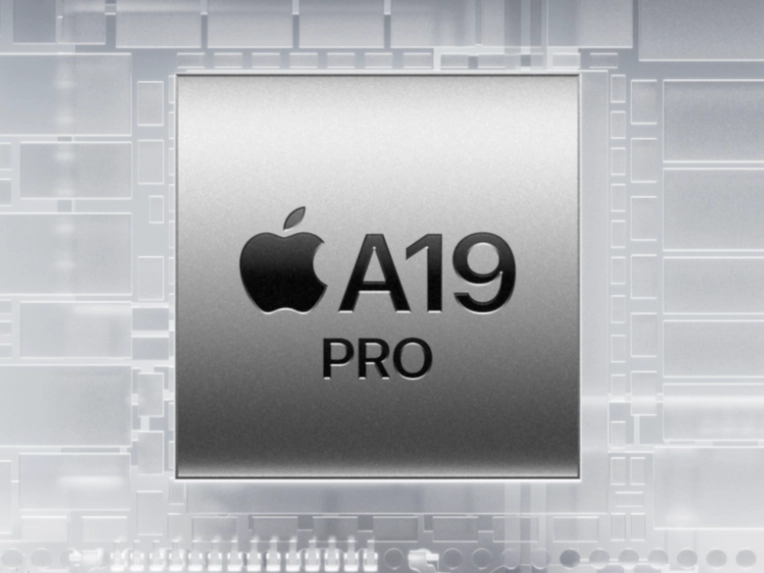
In September 2025, Apple introduced the iPhone 17 series. There are four models; iPhone 17, iPhone 17 Pro, iPhone 17 Pro Max, and iPhone 17 Air. The Pro and Air models run on the Apple A19 Pro chip.
The A19 Pro is built with TSMC’s advanced 3-nanometer process (N3P). This process allows more transistors in a small space to give higher speed while keeping power use efficient.
The chip has a 6-core CPU, mixing performance cores and power-saving cores. The biggest upgrade is in the GPU, which also has six cores. Each GPU core is supported by Neural Accelerators to make AI-related graphics tasks faster.
The system is backed by 12GB of LPDDR5X memory. It also has a 16-core Neural Engine to handle AI tasks, such as processing data from the 48MP camera in real time for computational photography.
How strong is the A19 Pro? According to PCMag benchmarks, its AnTuTu score is between 2 and 2.5 million. Nanoreview lists it around 2.4 million. Keep in mind, though, that AnTuTu scores on iOS and Android are not fully comparable. For cross-platform tests, Geekbench is usually more reliable.
Nanoreview records very high Geekbench results for the A19 Pro. Its multi-core score is in the tens of thousands, and the single-core score is in the 3800 range. PCMag’s Geekbench results are:
| Model | Geekbench single-core | Geekbench multi-core |
| iPhone Air | 3656 | 9246 |
| iPhone 17 Pro | 3820 | 9820 |
| iPhone 17 Pro Max | 3784 | 9734 |
From this data, the iPhone 17 Air is a bit lower. This is because the A19 Pro in the Air model only has a 5-core GPU, while the Pro versions have 6 cores. Even so, the Air is still very fast.
2. Snapdragon 8 Elite Gen 5
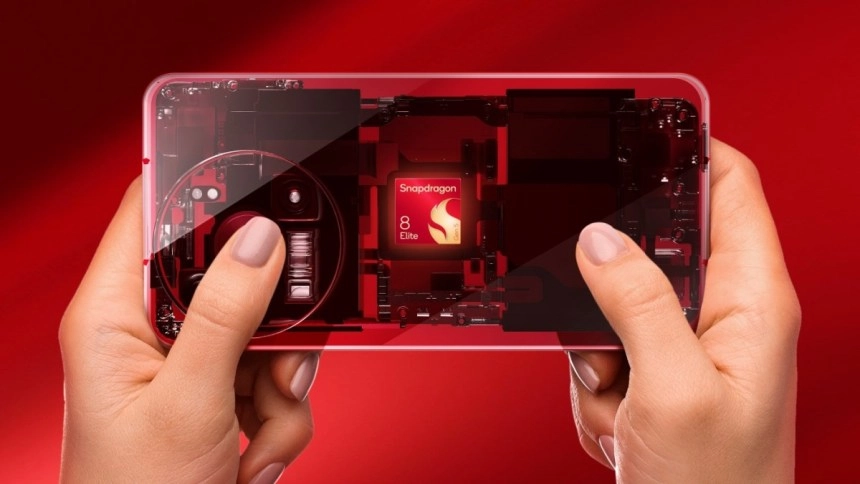
Many tech fans, including me, were surprised by the name of the successor to the Snapdragon 8 Elite. Most people expected it to be called Snapdragon 8 Elite Gen 2.
Instead, Qualcomm chose the name Snapdragon 8 Elite Gen 5. This is not unusual, since Qualcomm often changes its naming. The word “Elite” stays because the chip still uses the Oryon CPU, while “Gen 5” shows that it belongs to the Snapdragon 8 Gen 5 family.
In this version, Qualcomm rebuilt the Oryon CPU and pushed the clock speed up to 4.6 GHz, higher than the previous series. The Adreno GPU inside is also redesigned with a clock speed of around 1.2 GHz.
Qualcomm says the new GPU delivers about 23% better performance and around 20% higher efficiency. For me, this kind of upgrade is common in the first stage of a new generation.
What stands out more is how Qualcomm focuses on stable daily performance with improved power use. On-device AI, camera processing, and the 5G modem are also refined for long-term reliability.
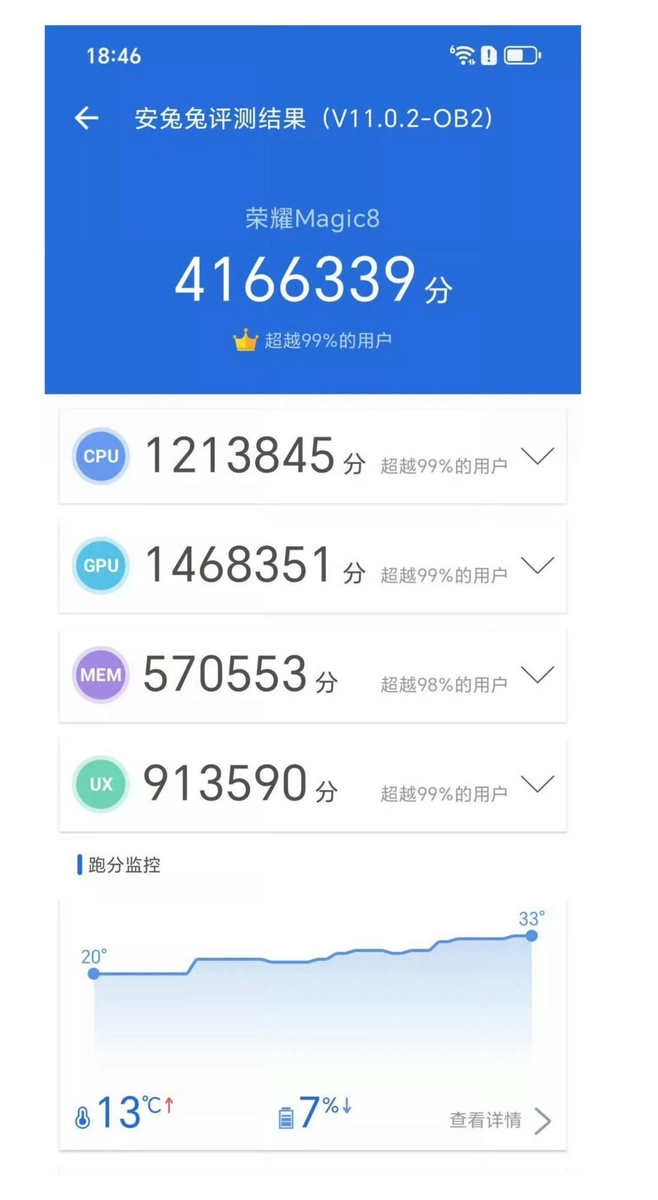
Phones powered by the Snapdragon 8 Elite Gen 5 include the Xiaomi 17 series, iQOO 15, realme GT 8 Pro, and several other flagship models.
The AnTuTu v11 score of this chipset is around 4 million, while on AnTuTu v10 it is about 3.6 million. For Geekbench 6, the single-core score ranges from 3,000 to 3,800, and the multi-core score is between 10,000 and 12,000.
3. Dimensity 9500
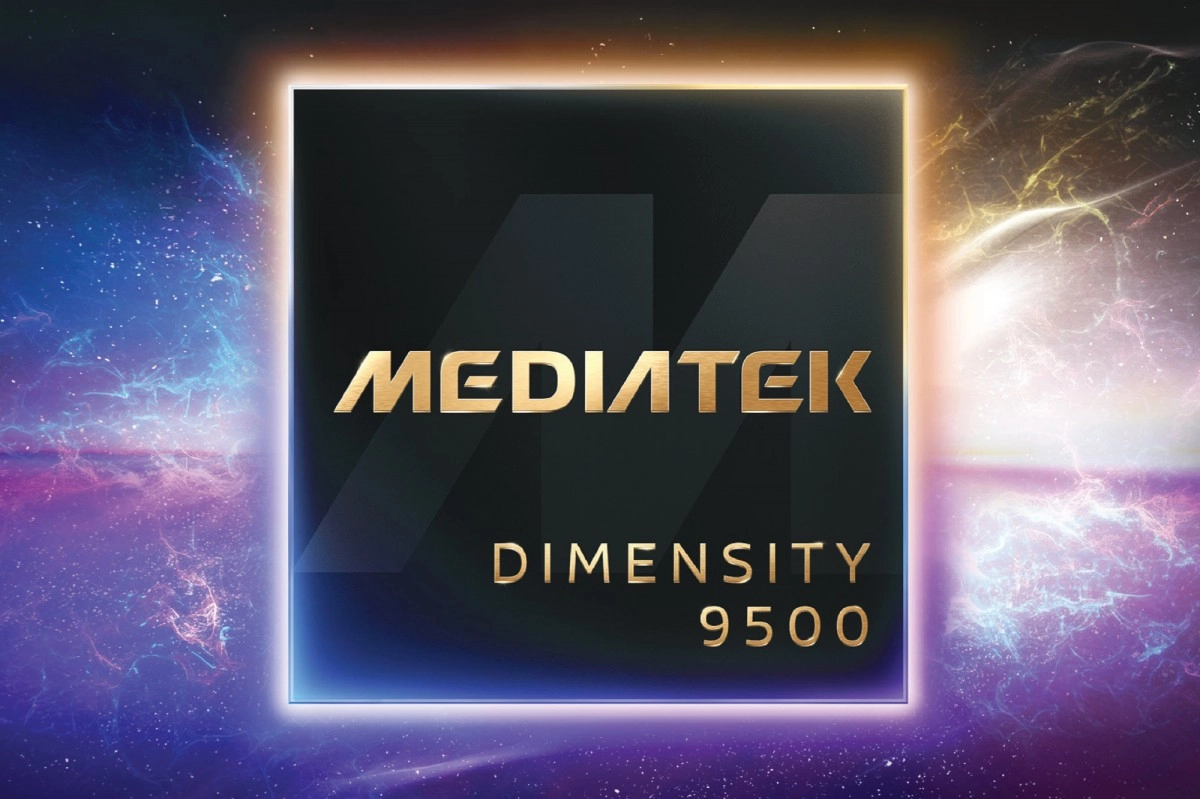
Dimensity 9500 was released on 22 September 2025. Built with TSMC’s second-generation 3nm process, this chipset offers top performance, better power efficiency, and stronger AI features. Many flagship phones in late 2025 and 2026 will use this chip. The first models are the OPPO Find X9 and vivo X300.
At its core, the Dimensity 9500 has an All-Big-Core CPU design. It includes one ARM Cortex-X5 main core, several Cortex-A7xx performance cores, and the newest ARM Immortalis GPU. This setup delivers very high speeds for both single tasks and multitasking.
A big upgrade comes from the next-generation APU (AI Processing Unit). It's built to run large AI models directly on the device, making AI faster and safer without depending too much on the cloud.
The chip also improves gaming and photography. The Immortalis GPU supports second-generation ray tracing that can give a more realistic gaming experience. MediaTek’s new Imagiq image processor brings AI-powered photography and video quality.
Another highlight is the benchmark score. The Dimensity 9500 reached around 4 million points on AnTuTu, a very strong result. On Geekbench 6, it scored 3781 in single-core and 12,189 in multi-core tests. These numbers put it firmly in the flagship class and make the competition between top chipsets even more intense.
4. MediaTek Dimensity 9400 Plus
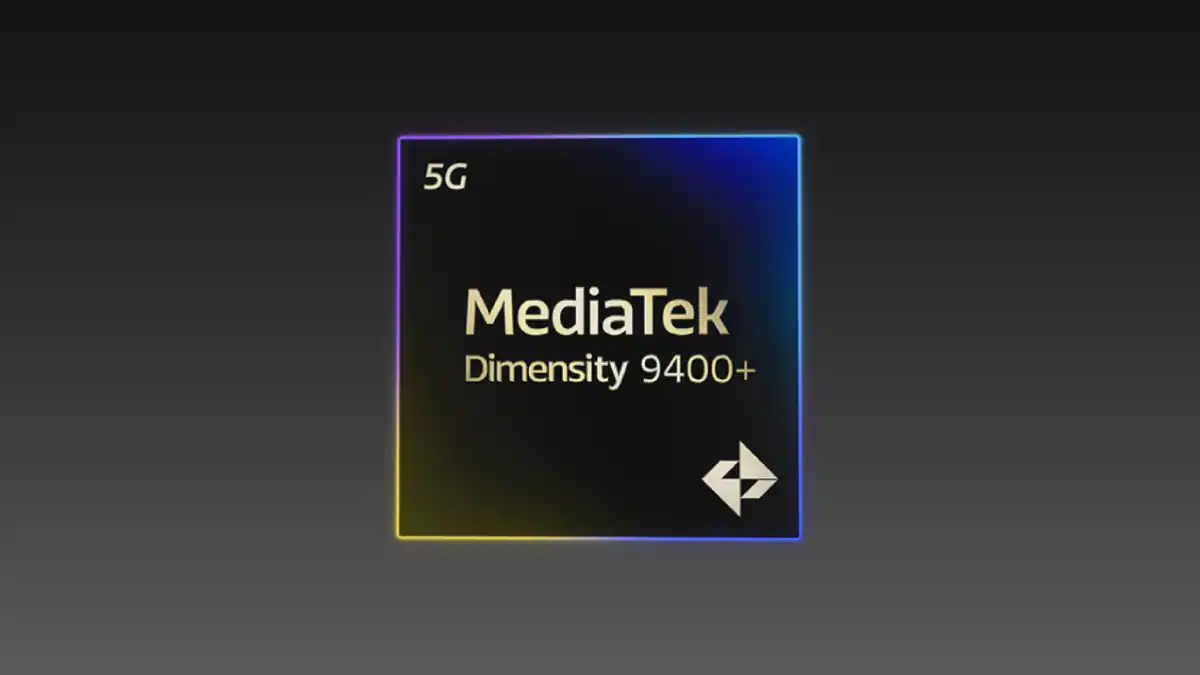
MediaTek Dimensity 9400 Plus is a flagship chip released in April 2025. It uses an “all big core” design, meaning it has no small efficiency cores. The chip is built with TSMC’s 3nm N3E process, which is more power-efficient than the older version.
The CPU has eight cores, one Cortex-X925 super core at 3.73 GHz, three Cortex-X4 cores at 3.3 GHz, and four Cortex-A720 cores at 2.4 GHz. This setup is made for heavy single-core and multi-core tasks.
Graphics are powered by the 12-core Arm Immortalis-G925 GPU. It supports hardware-based ray tracing and PC-level features like Opacity Micromap (OMM), which helps create detailed effects such as hair and leaves without reducing performance.
For AI, the Dimensity 9400 Plus comes with the 8th generation 890 AI NPU. It supports large AI models and new techniques like Speculative Decoding+ for faster predictions.
Other features include Bluetooth 6 with a range of up to 10 km (much longer than the usual 1.5 km), improved BeiDou satellite navigation with 33% faster positioning, Wi-Fi 7 with three-band support, and even triple-screen output for foldable phones.
In benchmarks, the Dimensity 9400 Plus reached about 2.6 million points on AnTuTu v10, which is higher than many rivals. On Geekbench 6, it scored around 2927 for single-core and 9000 for multi-core, which is slightly weaker compared to some competitors.
5. Snapdragon 8 Elite (Gen 4)

Snapdragon 8 Elite is the direct successor to the Snapdragon 8 Gen 3. One of its biggest changes is the move to TSMC’s 3nm process, which improves both speed and efficiency.
This chip uses the Oryon CPU architecture that provides much higher performance and responsiveness. Because of this major change, Qualcomm decided not to call it Snapdragon 8 Gen 4, but Snapdragon 8 Elite. The name also connects with Qualcomm’s Snapdragon X Elite processors for laptops.
The CPU has six performance cores running up to 3.53 GHz. Like the Dimensity 9400 Plus, it does not use efficiency cores. The graphics side is handled by a new Adreno GPU, which delivers up to 20% better performance than the previous generation. This makes it very capable of running demanding games at maximum settings.
In benchmarks, the Snapdragon 8 Elite scored over 3 million points on AnTuTu. On Geekbench 6, it reached 3155 for single-core and 9723 for multi-core. These numbers confirm its position as one of the strongest chips in 2025.
6. Apple A19
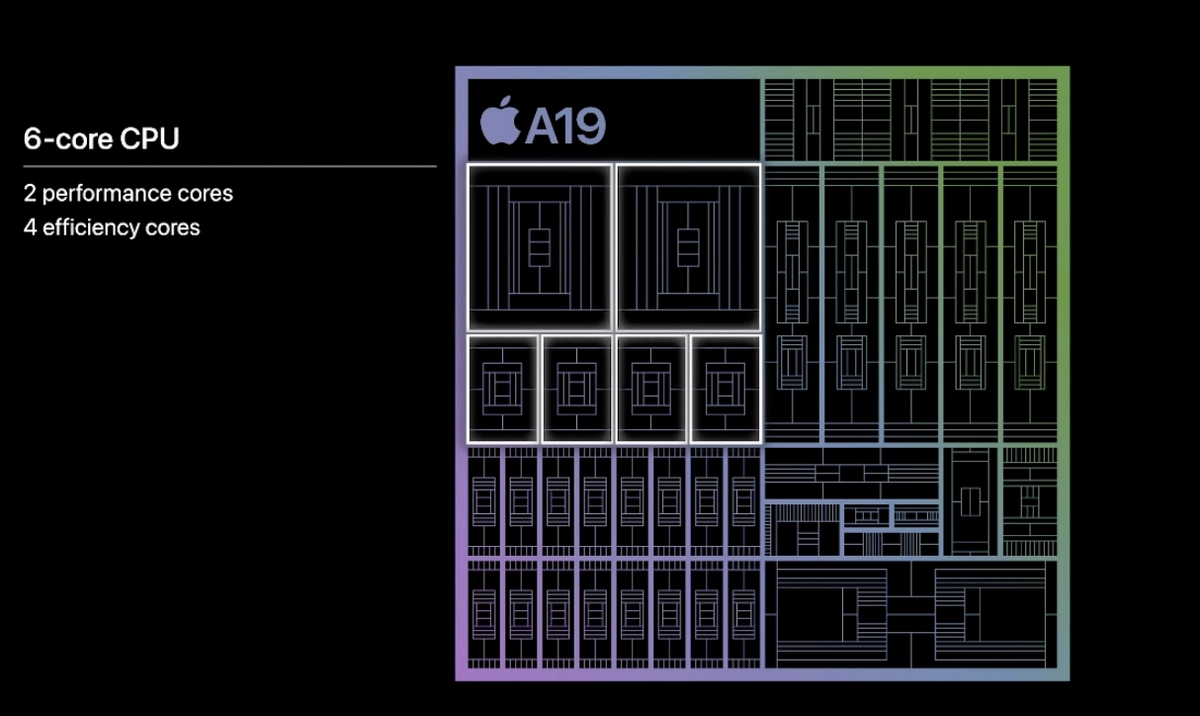
Although it powers the standard iPhone 17, the Apple A19 chip is a big surprise in terms of performance. Benchmark tests even show that it scores higher than the iPhone 17 Air, which uses the A19 Pro.
The A19 also runs faster than the Apple A18 Pro from the previous generation. This is possible with the use of the new architecture. The chip is built with TSMC’s 3nm N3P process, which makes it more powerful and efficient at the same time.
The CPU has six cores, two high-performance cores for heavy tasks and four efficiency cores for daily use. For graphics, the A19 uses a 5-core GPU, which is strong enough to handle demanding apps and games.
Another major upgrade is the 16-core Neural Engine. It powers the new “Apple Intelligence” features and is built to handle complex AI and machine learning directly on the phone. This makes responses faster while keeping user data private.
In benchmarks, PCMag recorded the A19 scoring 2.2 million points on AnTuTu v10. On Geekbench 6, it reached 3621 in single-core and 9168 in multi-core. These results show that the iPhone 17 is more than just a basic model. With the A19 chip, it delivers real flagship-level performance.
7. Apple A18 Pro

Apple A18 Pro is the main chip inside the iPhone 16 Pro and iPhone 16 Pro Max. It is built with TSMC’s second-generation 3nm process, which allows more transistors to fit in the chip. This gives better performance and higher energy efficiency.
Compared to the A17 Pro, Apple claims the A18 Pro is up to 15% faster in CPU and 20% faster in GPU performance. It's also more efficient and helps the iPhone 16 Pro models last longer on a single charge.
The A18 Pro has six CPU cores, two high-performance cores and four efficiency cores. It also runs at a higher clock speed than the regular A18. The 6-core GPU uses a new design that is more efficient and powerful, allowing games to run smoothly at maximum graphics settings and AR/VR content to look even better.
The 16-core Neural Engine is another key part of the chip. It can perform up to 35 trillion operations per second! This can be excellent for AI tasks.
On benchmarks, the A18 Pro scored 1.8 million points on AnTuTu v10. On Geekbench 6, it scored around 3526 for single-core and 9089 for multi-core.
8. Xiaomi Xring O1

When Xiaomi announced its new chipset project in 2025, I was a bit doubtful. For context, Xiaomi had already tried to make a chip in 2017 called the Xiaomi Surge S1, used in the Mi 5c. At that time, the result was not very good.
This time, however, the XRING O1 shows big progress. Built with TSMC’s 3nm process, it uses a strong ten-core setup with an ARM Cortex-X925 as the main core. This is a big improvement over Xiaomi’s earlier attempt.
The XRING O1 first appeared in the Xiaomi 15S Pro, a flagship phone. By putting the chip in one of its top models, Xiaomi shows it is serious and confident about its own processor.
In performance tests, the XRING O1 proved to be powerful enough to compete with major brands. On Nanoreview, its AnTuTu score reaches 2.5 million points. On Geekbench 6, it scored 3086 in single-core and 9701 in multi-core.
With results like this, the XRING O1 can stand against big names like the MediaTek Dimensity 9400 and Apple A18 Pro. It is clear that Xiaomi is not just making an alternative processor, but one that can really compete in the flagship class.
I also hope Xiaomi continues to develop its own chips. The XRING O1 should be a strong base for more innovation in the future.
9. Apple A18

Apple A18 powers the iPhone 16 and iPhone 16 Plus, which were released in September 2024. It replaces the A16 Bionic and brings clear improvements in both performance and power efficiency.
Although it is not as fast as the A18 Pro, the A18 can still handle heavy apps and games smoothly. Like the Pro version, it is built with TSMC’s 3nm process.
Compared to the A16 Bionic, the A18 is up to 30% faster in CPU performance. It can also deliver the same CPU power as the A16 but with 30% less energy use, which helps the iPhone 16 series last longer on battery.
The A18 and A18 Pro share a similar design, including the same number of CPU cores. The difference is in the GPU, the A18 has 5 cores, while the A18 Pro has 6. Because of this, the A18 performs almost the same as the Pro, but it is slightly weaker in graphics.
Another difference is in the features they support. The A18 Pro comes with advanced display and video features like ProMotion (120Hz refresh rate), Always-On display, and ProRes video recording. These are not supported by the A18.
For benchmarks, the A18 scored about 1.6 million points on AnTuTu v10. On Geekbench, it scored around 3466 in single-core and 8592 in multi-core.
10. Dimensity 9400
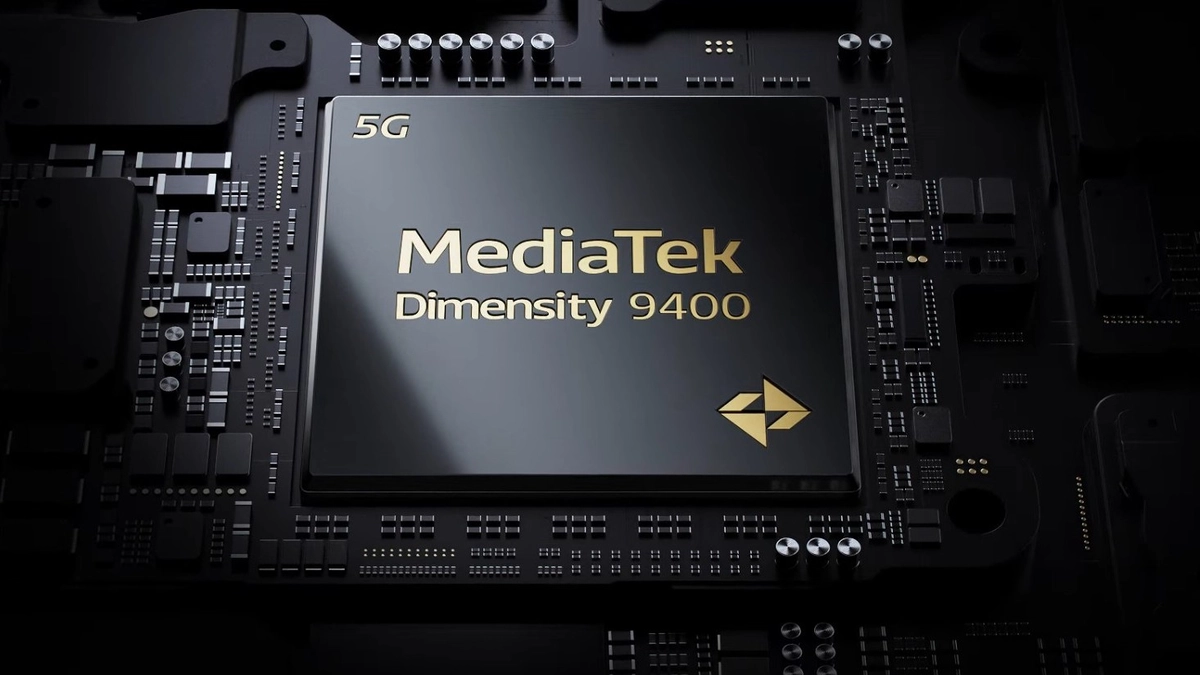
Dimensity 9400 is built with TSMC’s second-generation 3nm process, which gives better efficiency and performance than the older version.
Its CPU has eight cores in a 1+3+4 setup. This includes one Cortex-X925 high-performance core at 3.62 GHz, three Cortex-X4 cores at 3.3 GHz, and four Cortex-A720 efficiency cores at 2.4 GHz.
For graphics, the Dimensity 9400 uses the Mali-G925 Immortalis MP12 GPU with a speed of 1.6 GHz. It supports hardware-based ray tracing, which helps create very realistic and detailed visuals.
The chip’s AI abilities are also stronger. It comes with an AI Processing Unit (APU) that can run AI tasks faster and more efficiently.
In benchmarks, the Dimensity 9400 scored above 2.5 million on AnTuTu v10. On Geekbench, it reached 2874 in single-core and 8969 in multi-core.
This wraps up the list of the best chipsets available today. If you want a fast and premium phone, you may want to choose one that runs on one of these processors.
